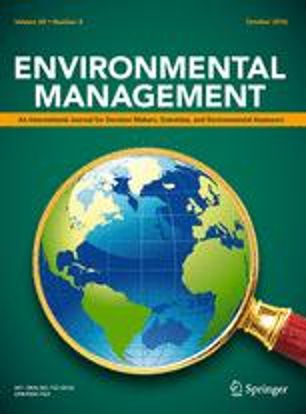Market-based, supply-side interventions such as domestication, cultivation, and wildlife farming have been proposed as legal substitutes for wild-collected plants and animals in the marketplace. Based on the literature, we devised a list of the conditions under which supply-side interventions may yield positive conservation outcomes. We applied it to the trade of the orchid Rhynchostylis gigantea, a protected ornamental plant. We conducted a survey of R. gigantea at Jatujak Market in Bangkok, Thailand. Farmed (legal) and wild (illegal, protected) specimens of R. gigantea were sold side-by-side at market. These results suggest farmed specimens are not being substituted for wild plants in the marketplace. For any given set of physical plant characteristics (size, condition, flowers), the origin of the plants (wild vs. farmed) did not affect price. For all price classes, farmed plants were of superior quality to wild-collected plants on the basis of most physical variables. These results suggest wild and farmed specimens represent parallel markets and may not be substitutable goods. Our results with R. gigantea highlight a range of explanations for why supply-side interventions may lack effectiveness, for example, consumer preferences for wild-collected products and low financial incentives for farming. Our results suggest that market-based conservation strategies may not be effective by themselves and may be best utilized as supplements to regulation and education. This approach represents a broad, multidisciplinary evaluation of supply-side interventions that can be applied to other plant and animal species.
DOI:
https://doi.org/10.1111/cobi.12160
Altmetric score:
Dimensions Citation Count:
























